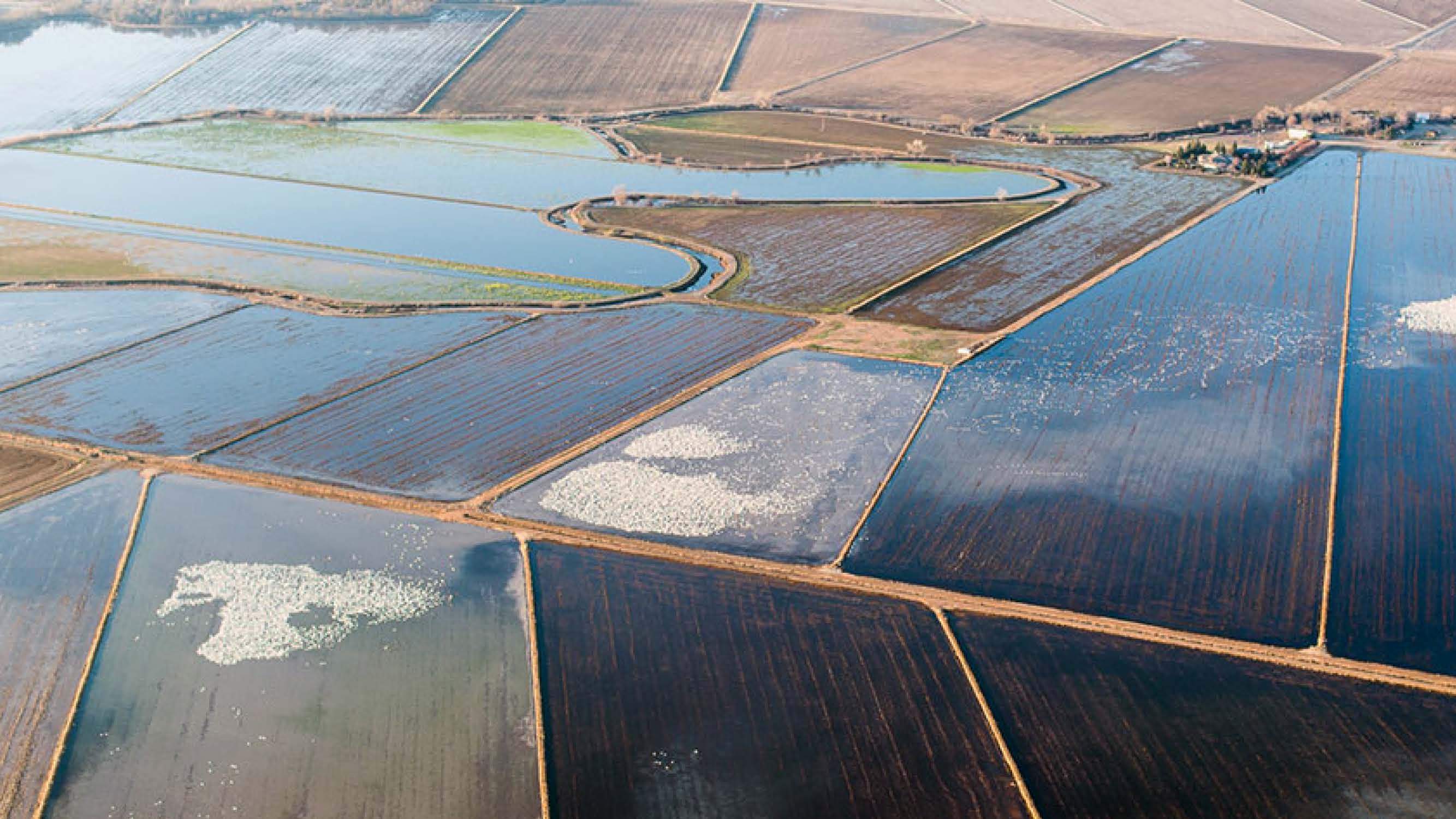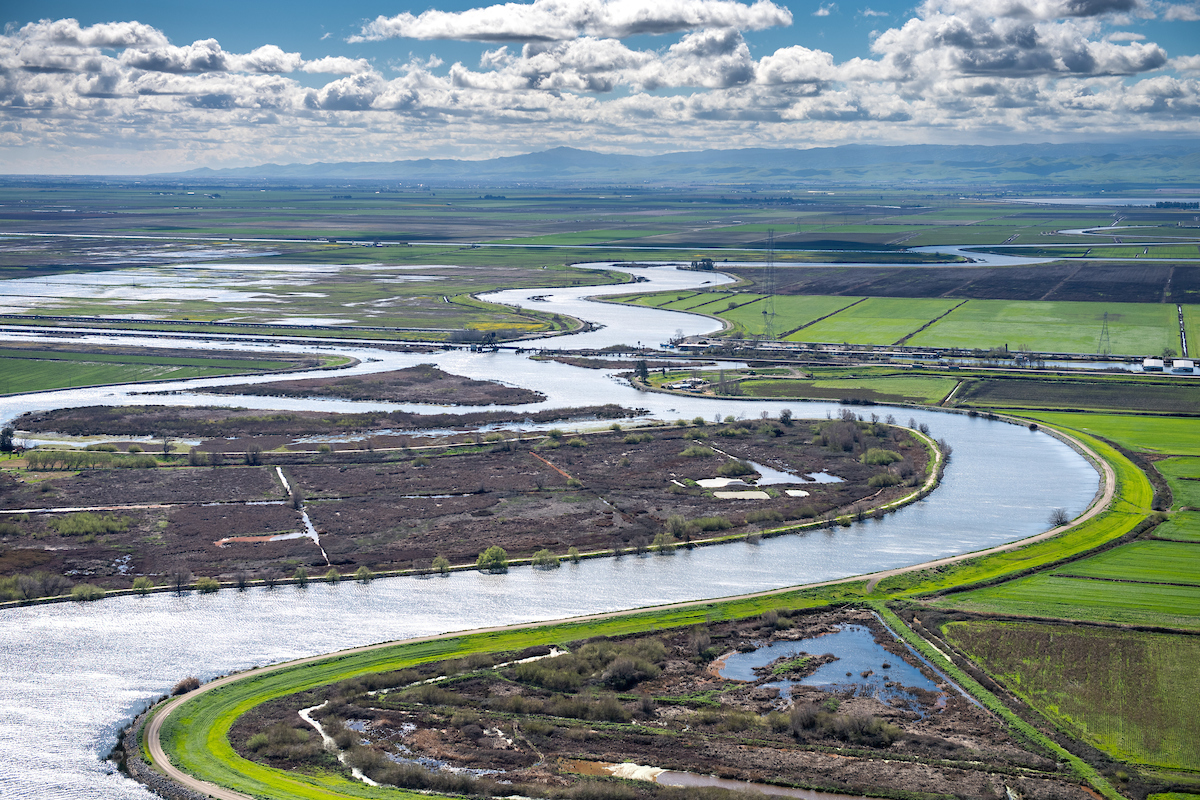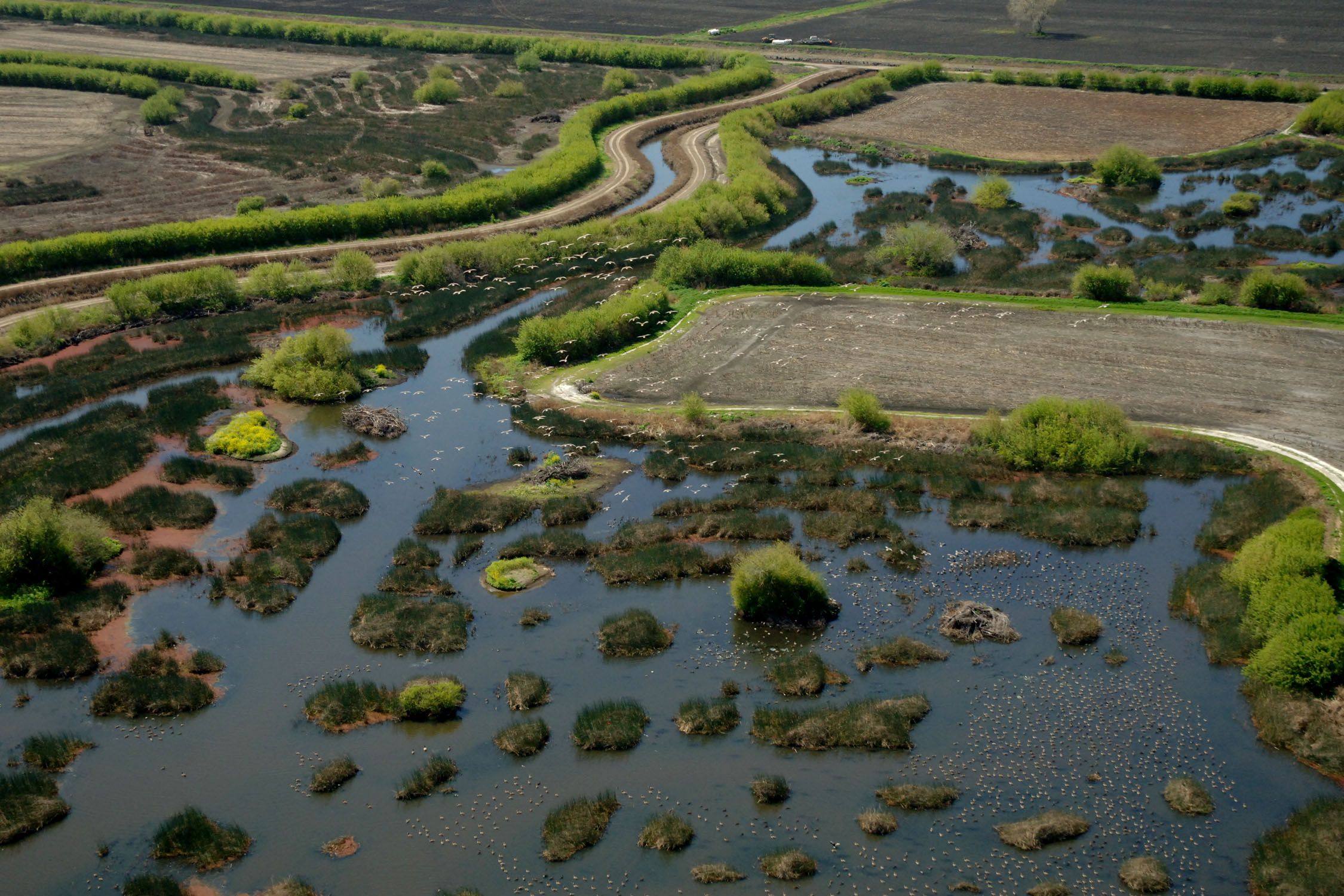Article authored by Debbie Franco, Managing Director, Water Solutions Network Water Is Life – It Connects Everything. We are inclined...
Two centuries ago, the floor of the Central Valley was primarily a marshy wetland. In the springtime, the snowpack would...
The San Francisco Bay-Delta is one of the most invaded estuaries in the world, with non-native species now a large part of the Delta’s ecosystem. The invasion of new non-native species threatens the achievement of the coequal goal of “protecting,...
In 2018, the State Water Resources Control Board adopted an amendment to the Recycled Water Policy to promote recycled water...
Chinook salmon have long thrived in California’s variable climate, including prolonged drought periods, by utilizing the historical Delta’s vast habitat...
In March of this year, the Secretaries of the Natural Resources Agency, Environmental Protection Agency, and Department of Food and Ag tasked the California Water Commission with initiating a thorough and inclusive public dialogue to frame state considerations around shaping...
In March of this year, the Secretaries of the Natural Resources Agency, Environmental Protection Agency, and Department of Food and...
Landscape transformation in the Delta has far-reaching implications, including the loss of primary production that forms the basis for the...
The Delta pelagic food web no longer adequately supports native species, and developing management strategies for foodweb support and habitat for fish species of concern is a key goal as well as a substantial challenge. It is expected that tidal...
In recent decades Americans’ attitudes about environmental issues have become polarized along partisan lines. Yet, while significant research demonstrates this...
Governance of cross-scale dependent systems such as estuaries requires integrating knowledge about biophysical and ecological connectivity in its multiple forms...
What if we could predict changes to ecosystems in the same way we can predict the weather? An emerging field of science is working towards making that a reality. In areas such as fisheries, wildlife, algal blooms, wildfire, and human...
While the saying, “too much of a good thing,” sounds pleasant at its core, water managers take that very seriously...
State Water Board’s Erik Ekdahl discusses the climate change report; Attorney Valerie Kincaid explains why existing water right holders are...
X2, OMR, Gates, Barriers, and more: Dr. Ted Sommer sorts out the hydrodynamics of the Delta At the 2021 Bay-Delta Science Conference, Dr. Ted Sommer, the Lead Scientist for the CA Department of Water Resources, gave a short course on...














